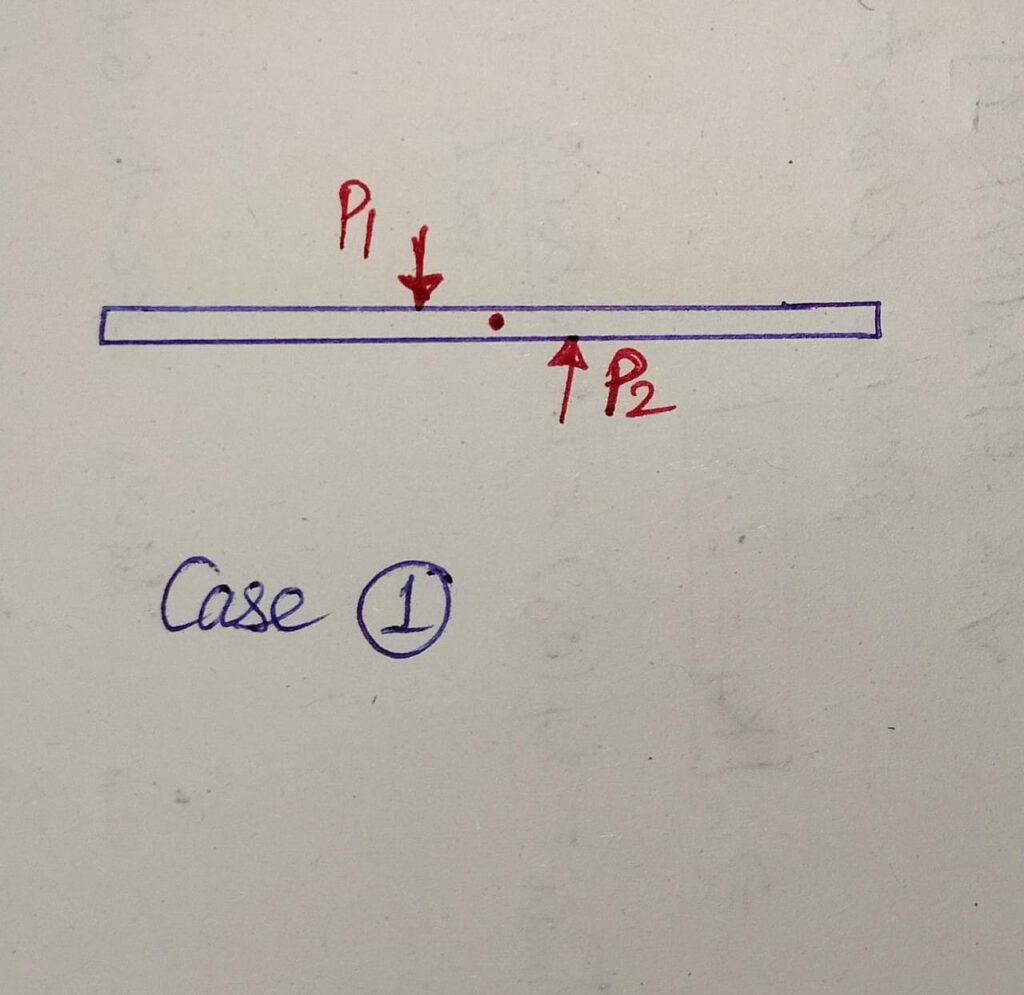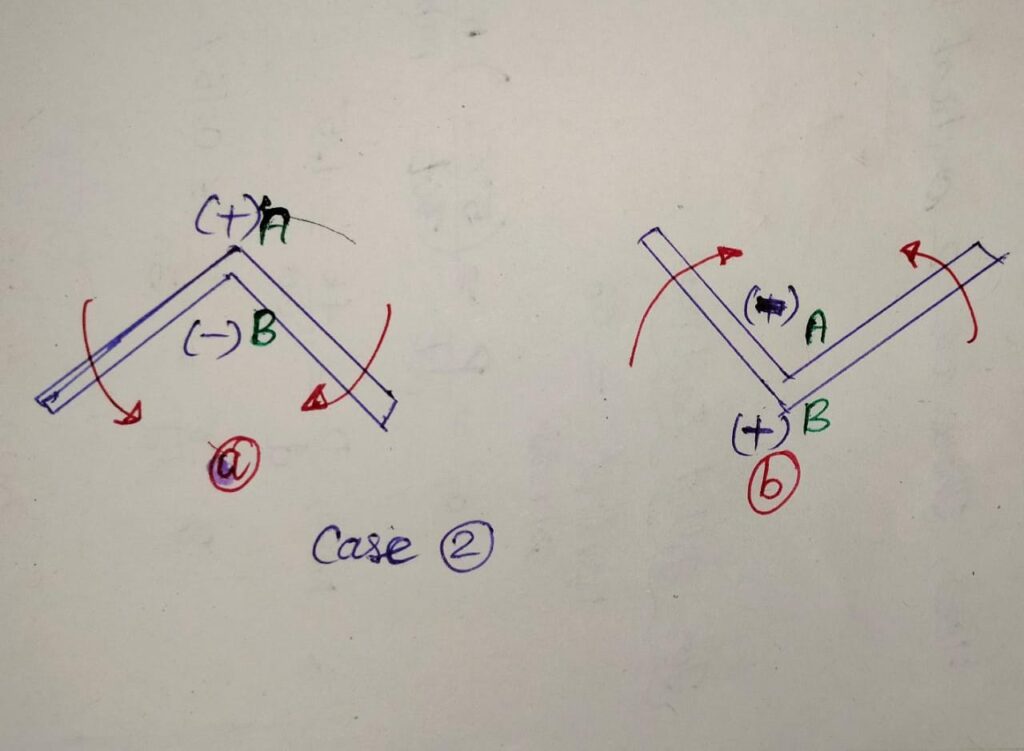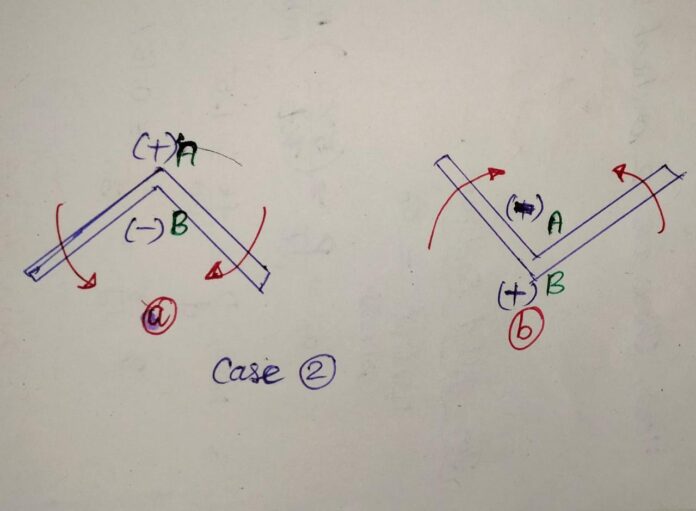FATIGUE FAILURE: INTRODUCTION AND STUDY
Fatigue : Defined as a condition where structures fail when subjected to a cyclic load.
A common observation came out when the engineers studied fluctuating load and its effect.
The materials undergoing fatigue loading used to fail at a particular value of stress. This stress magnitude is usually lower than the ultimate tensile strength of the material. Sometimes, it may be less than the yield strength of the material.
Moreover, as the no of stress cycles increases, the failure inducing stress magnitude decreases.
It usually shows the decreasing resistance OR ability of material to withstand stress(Strength).
This phenomenon of decreased resistance of the material to fluctuating stresses is termed as FATIGUE FAILURE.
PRACTICAL STUDY OF FATIGUE FAILURE:
Consider a wire of 2 mm diameter .It has to be cut without any cutter (hacksaw etc.)
So , there are 2 ways to do so:
1. Either applying equal and opposite forces on the wire to shear the wire. Although it was easy process, but it was difficult to break the wire by this method.

2.Either by bending the wire first, then unbend , then bend and continue this process in an alternate manner.
Let A and B are two opposite points(on the diametric line) on the wire.
Now, we go for MECHANICAL ANALYSIS.
FOR BENDING POSITION: In this case, we see that A experiences tensile stress while B experiences compressive stress.
FOR UNBENDING POSITION: In this case, we see that A experiences compressive stress while B experiences tensile
stress.

CONCLUSION: We see that both points A and B experiences complete reversal of nature of stress due to alternate bending and unbending process as seen above.
The continuous cyclic process of Bending and Unbending continues until the material breaks down (i.e wire gets cut down in two pieces).
This comes out to be what we called FATIGUE FAILURE. Here, the fracture stress required is very low in magnitude.
*Also known as the decreased strength/resistance of a material to cyclic stresses.
*Fatigue failure can also termed as time delayed failure under cyclic loading.
APPLICATIONS :
Various components shows Fatigue failure in real life:
1.Transmission Shafts
2.Connecting rods
3.Gears and springs
4.Ball bearings
DIFFERENCE BETWEEN FATIGUE LOADING AND STATIC LOADING:
Static loading : Loading remains same in magnitude and direction for a time interval. Gradually applied load gives sufficient time for elongation of fibre (plastic flow as for ductile materials). So, its test can be done on a Simple Tension test.
Fatigue loading : Loading changes in magnitude and direction in a time interval.
HOW IT OCCURS :
Here, the failure starts with a crack on some point of the material.
REGIONS OF CRACK:
1) Regions of discontinuity – Due to Key ways, oil holes etc.
2) Regions of Surface failures- Due to Machining scratches , usually stamp mark, inspections etc.
3) Internal cracks – Due to Defects like blow holes etc.
These regions undergo stress concentration.Due to this, these stresses expand the crack, leading to suddenly reduced cross section of component and remaining area to sudden fracture.
AREAS OF FAILURE ( MATERIAL SCIENCE APPROACH):
1) Regions which show slow crack growth with fine fibrous structure.
2) Regions which show sudden fracture with course granular structure.
FACTORS ON WHICH THIS FAILURE DEPENDS:
1) NO. OF STRESS CYCLES
2) MEAN STRESS AND STRESS AMPLITUDE
3)STRESS CONCENTRATION AND RESIDUAL STRESSES
4)CORROSION AND CREEP
We do the test on a Rotating beam Fatigue testing machine, which was made by R.R .MOORE.




